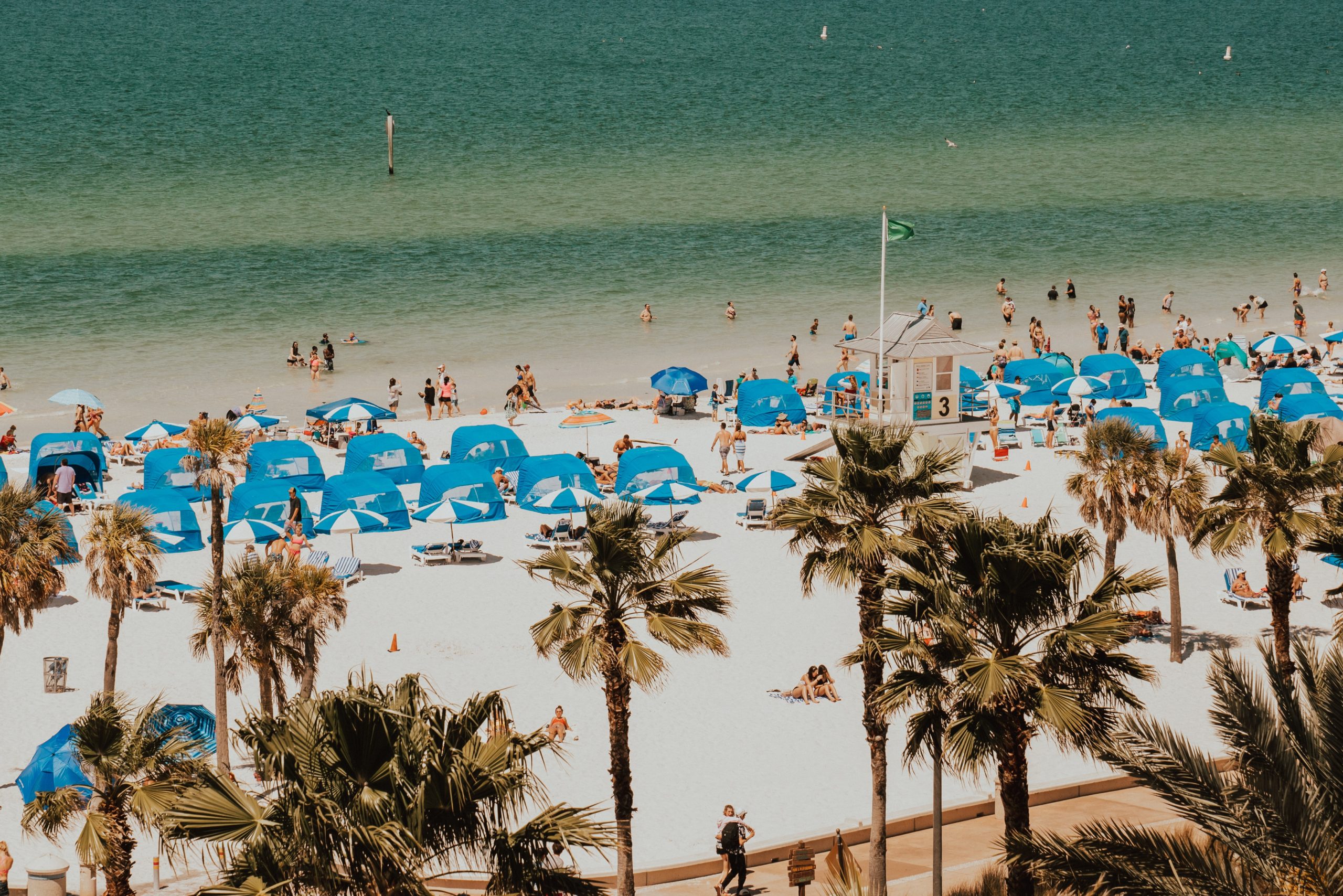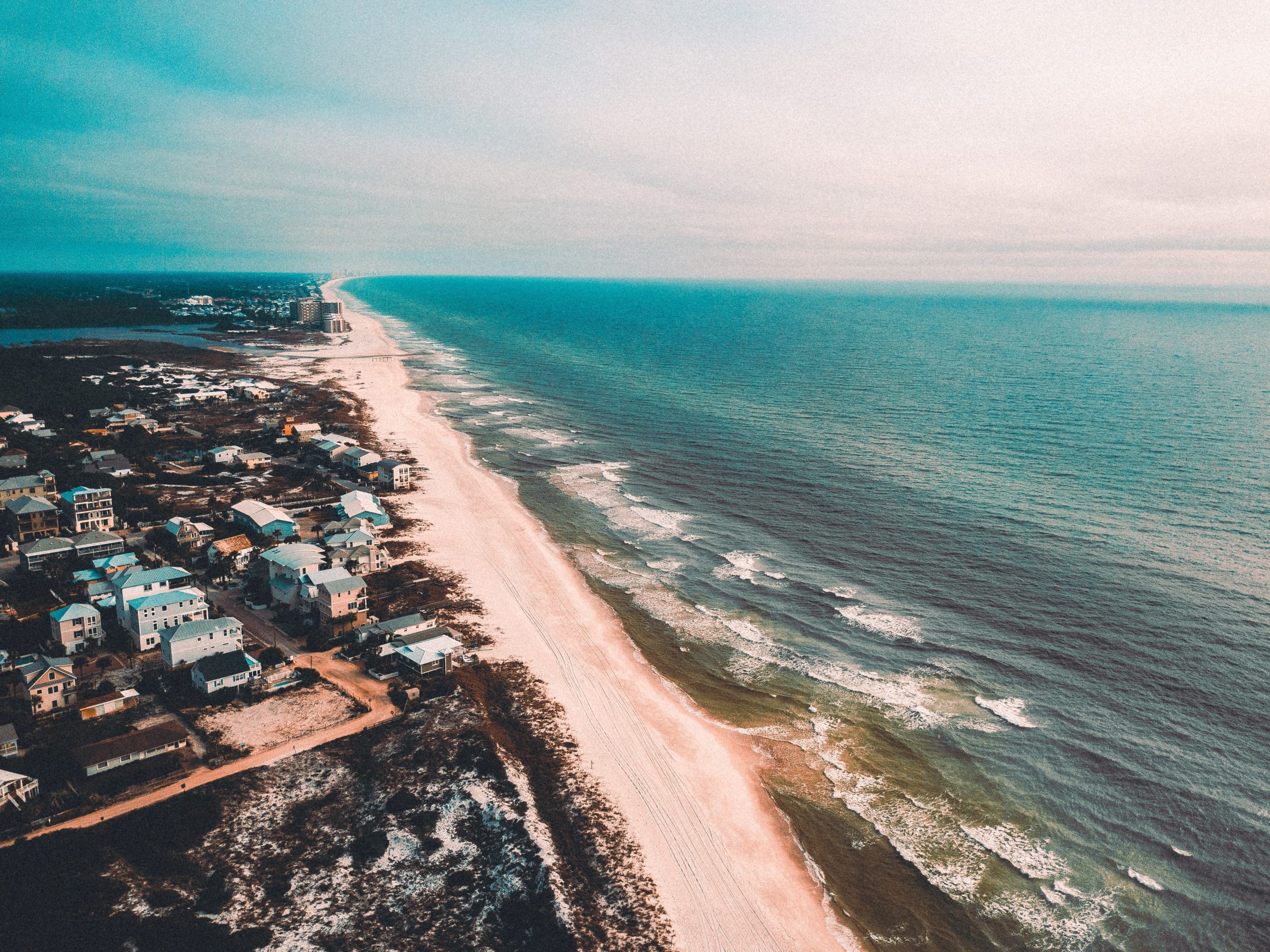
I am so excited to FINALLY be publishing my first post all about my experience becoming a PADI Divemaster.
If you read my post about becoming a PADI Rescue Diver, you’ll know that before this summer, I had no plans of pursuing professional scuba diving ratings; I was content to be a recreational diver forever. But after building up confidence in the PADI Rescue Diver course, I really felt inspired to take my training to the next level and see just how far I could go with this who scuba diving thing.
I completed my Rescue Diver training at Rainbow Reef Dive Centre in Key Largo, Florida in June and booked my Divemaster training with the same dive shop just a few months later and officially became a Divemaster in September!
I’ve decided to break my Divemaster experience up into two posts. This was the longest PADI scuba diving course that I’ve completed and it was jam-packed with a lot of information and experiences – there was just no way to squeeze everything into one post! This first post will talk about everything you’ll need to know in the early stages of planning your Divemaster course; things like cost, pre-requisites, how to pick a dive shop, who should take the course, and what you can expect to get out of it. The second post goes more into depth about the daily schedule in a Divemaster class, break down the knowledge, confined water, and open water components, and talk about what to expect after the course.
Check out Part Two of my Divemaster post HERE!

Pre-Requisites
✓ 18 years old
✓ Rescue Diver
✓ Emergency First Response and Secondary Care (First Aid) training within the last 24 months
✓ A medical statement signed by a physician within the last 12 months
✓ 40 logged dives*
✓ Your own equipment*
A note about the number of required dives:
While you only need 40 dives to start the course, you need 60 by the end. So be realistic with your time frame. If you’re doing your Divemaster course in just a couple of weeks, you may not have the time to get the extra 20 dives that you need. Even if you do have the time, I think it’s just a nice peace of mind to go into the course with at least 60 dives.
A note about your own equipment:
While it’s not a pre-requisite to enroll in the PADI Divemaster course, you will need your own gear before actually beginning the course, so be prepared to purchase anything you’ll need when you touchdown at your training centre location. The expectation is that PADI Divemasters are acting in a professional capacity in the diving world, which means you’ll need to have all of your own up to date gear. This goes beyond the basics of a BCD, regulator, fins, mask, and snorkel. PADI Divemaster candidates are also required to have a few other key pieces of gear such as a dive computer, dive knife, compass, and surface signalling device. Be sure to check with your specific dive shop about what equipment you’ll need before starting your course.

Who should take this course?
Before becoming a Divemaster, I thought that only people who took the Divemaster course were those who planned on working in the dive industry. However, my Divemaster class was probably a 50/50 split of people pursuing careers in the dive industry and people who just wanted to improve their dive skills and their understanding of dive theory.
At the end of the day, the Divemaster course is for anybody who plans to continue scuba diving, whether professionally or recreationally. While the Divemaster course is the first step towards a dive career, do not let that scare you if you’re not interested in diving professionally. The Divemaster course still provides recreational divers an opportunity to develop key dive leadership skills, navigation skills, and just generally provides a nice overview of how the industry works.

What you’ll learn
As I said, the PADI Divemaster course is the first level of professional training in the scuba diving world. The main learning objectives in the Divemaster course focus on leadership skills, as Divemasters are in charge of leading various dive activities and rescue skills, as Divemasters are typically in charge of supervising divers in a learning environment.
In the second part of this post, we’ll go more into depth about the specific knowledge and skills that you’ll cover in the classroom, the pool, and the ocean.

Choosing a Dive Centre
Deciding where to complete your PADI Divemaster training is one of the most important steps in the planning process. Take your time with this step, after all, you have thousands of locations all across the globe to consider! The Divemaster course varies from every dive centre in terms of course structure, course duration, and cost. Be sure to consider your budget to make sure you can not only afford the cost of your course, but also any additional travel fees. Also consider your schedule, if you the ability to take two months off of work or school to complete your training, you’ll have a lot more options to choose from than if you’re working with a tighter time frame.
For me, schedule was the biggest issue. Most Divemaster courses take roughly four weeks to complete, with many offering an internship program immediately following the completion of your course to give you more practical experience working with divers. I, however, did not have four weeks to complete the course. I was working with a tight timeline of under three weeks – and even that had me missing the first week and a half of school!
Deciding to do my Divemaster training through Rainbow Reef Dive Centre was due to a combination of factors including my existing relationship with the dive shop and instructors, my budget (getting to Florida was way cheaper than getting to Honduras or Bonaire), and my schedule (Rainbow Reef offers a Divemaster training course that is only 10 days long). And of course, Rainbow Reef is a five star rated PADI training centre and the most chosen career development centre in North America.
There are very few dive shops that offer the kind of expedited Divemaster training that I completed and racing through the program in only ten days has both pros and cons.
The obvious plus side is that you finish the course a lot sooner so it has minimal impact on your regular school or work routine. However, there are certain skills that I really wish that I had the opportunity to practice a bit more to develop more confidence. Skills like navigation and the use of lift bags are things that we only had one open water dive to complete, but something like good navigation is a crucial skill for a Divemaster and one that I’m not entirely confident in after whipping through it in this expedited course.
If you have the luxury of time, I highly recommend capitalizing on it and going as slowly as you can through the Divemaster program to give you ample time to soak everything in and really master some of these key skills. If you’re not working with a very flexible schedule, then Rainbow Reef is an excellent choice. Not only is their Divemaster program only ten days long, but it’s offered every single month!

Cost Breakdown
This cost breakdown is based on the cost of the course at Rainbow Reef Dive Centre. Costs will vary between dive centre, so be able to check with each location individually to get an accurate price quote! (All prices are in USD).
+ $995 (Tuition)
+ $162 (PADI Application fee)
+ $199 (Divemaster kit fee)
TOTAL COST = $1,356 USD
Let me start off by saying that the price is freaking right for the Divemaster course at Rainbow Reef Dive Centre. The big selling point for me was that accommodations are included in your tuition fees. That’s right, if you decide to do your Divemaster course through Rainbow Reef Dive Centre they’ll put you up in their student apartments, conveniently located above their retail store and you’ll get to stay with other Divemaster candidates from your class. This was a huge bonus for me because staying in Key Largo can be EXPENSIVE – plus, staying with other Divemaster candidates gives you the opportunity to study and work through some of the tough dive theory stuff together!
As I mentioned earlier, be sure to factor other things into your budget like any additional equipment you may need to purchase and any travel fees you’ll incur.
Other than wishing that I had some more time to work on some of the harder skills in open water dives, I’m really glad that I went back to Rainbow Reef for my Divemaster training. Diving in Key Largo is always an incredible experience and the instructors at Rainbow Reef make scuba training there incredibly rewarding and fun.
Check out my reviews of other PADI courses:




